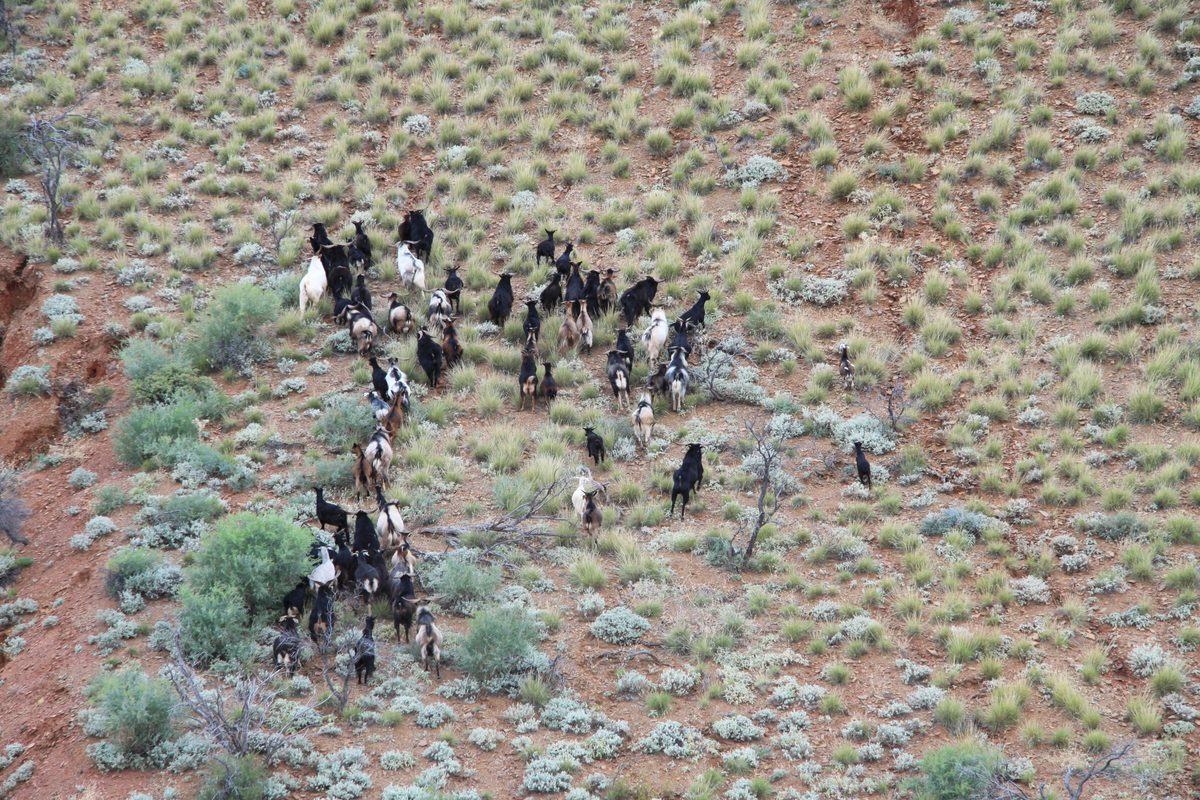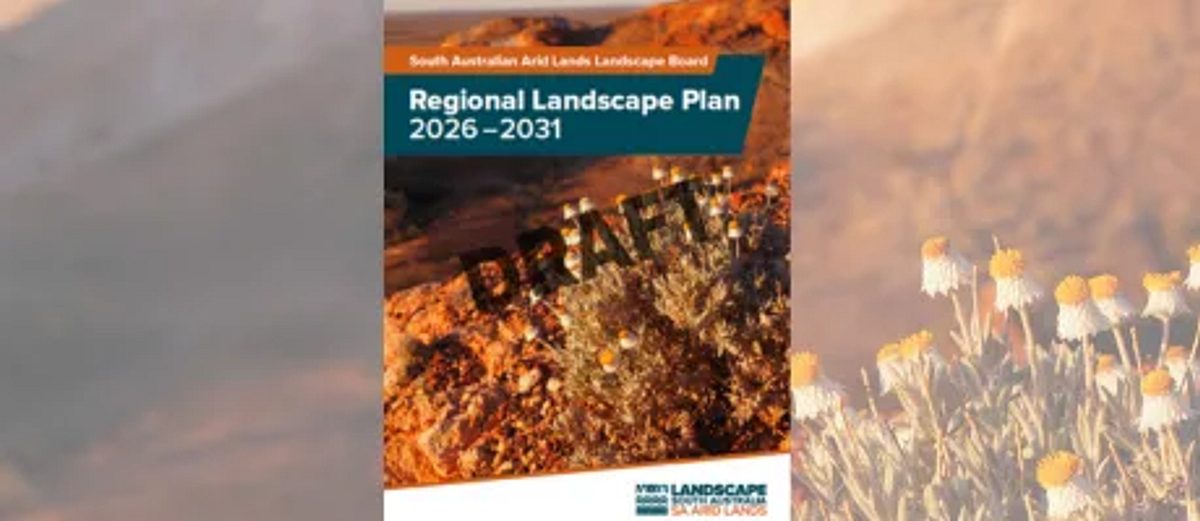Keeping track of the Kowari
Monitoring cameras placed in the State’s stony desert country as part of the Board’s Wetland Wonders project have captured images of the endangered Kowari.
A nocturnal predator that lives in the State’s stony desert country, the Kowari is a shy but feisty hunter.
With large upright ears, a light-grey coat and a distinctive dense black brush on the end of its tail, the Kowari (Dasyuroides byrnei), is also a marsupial small enough to fit in the palm of your hand, measuring just 18cm long, or 34cm if you include its long tail.
The Kowari is endangered. It has an estimated population of just 1200 individuals, has already disappeared from the Northern Territory and its range has reduced to just 350 square kilometres in the far north east of SA and south-western Queensland.
Through the board’s Wetland Wonders project, we’re keeping an eye on the known population on the gibber plains of the Marree-Innamincka district. Twenty-seven monitoring cameras were placed on three pastoral properties in the region in November 2024 and will stay in place for up to four years.
Eight Kowari were detected on nine of the 27 cameras able to be accessed in May this year. Access to the remaining 18 cameras is currently blocked by the flood waters making their way to Lake Eyre from Queensland.
As the project progresses, the board is hoping to place additional cameras in the region to determine if the kowari distribution extends any further than currently known.
The cameras also captured other species including a Kultarr (Antechinomys laniger) and multiple species of hopping mice.
Find out more about the Kowari from our new fact sheet >>
The Wetland Wonders project is funded by the Australian Government Natural Heritage Trust and delivered by the SA Arid Lands Landscape Board, a member of the Commonwealth Regional Delivery Partners panel.


